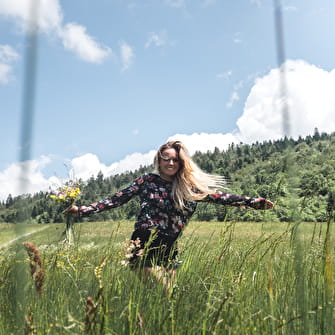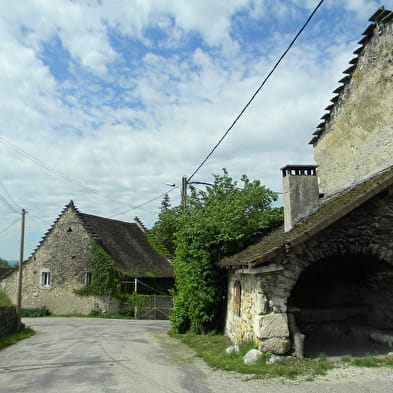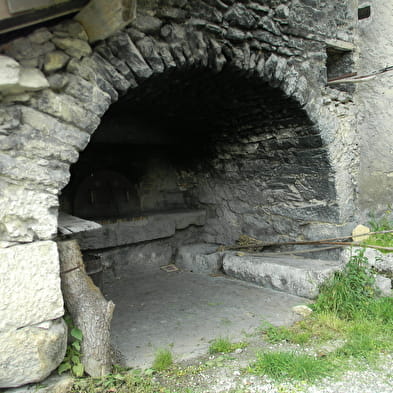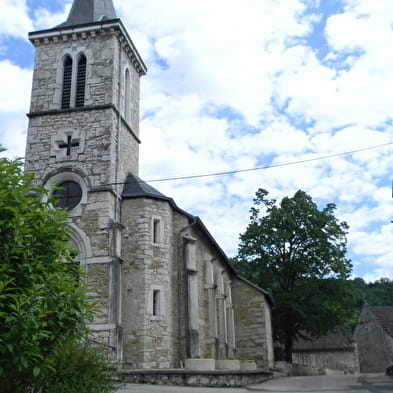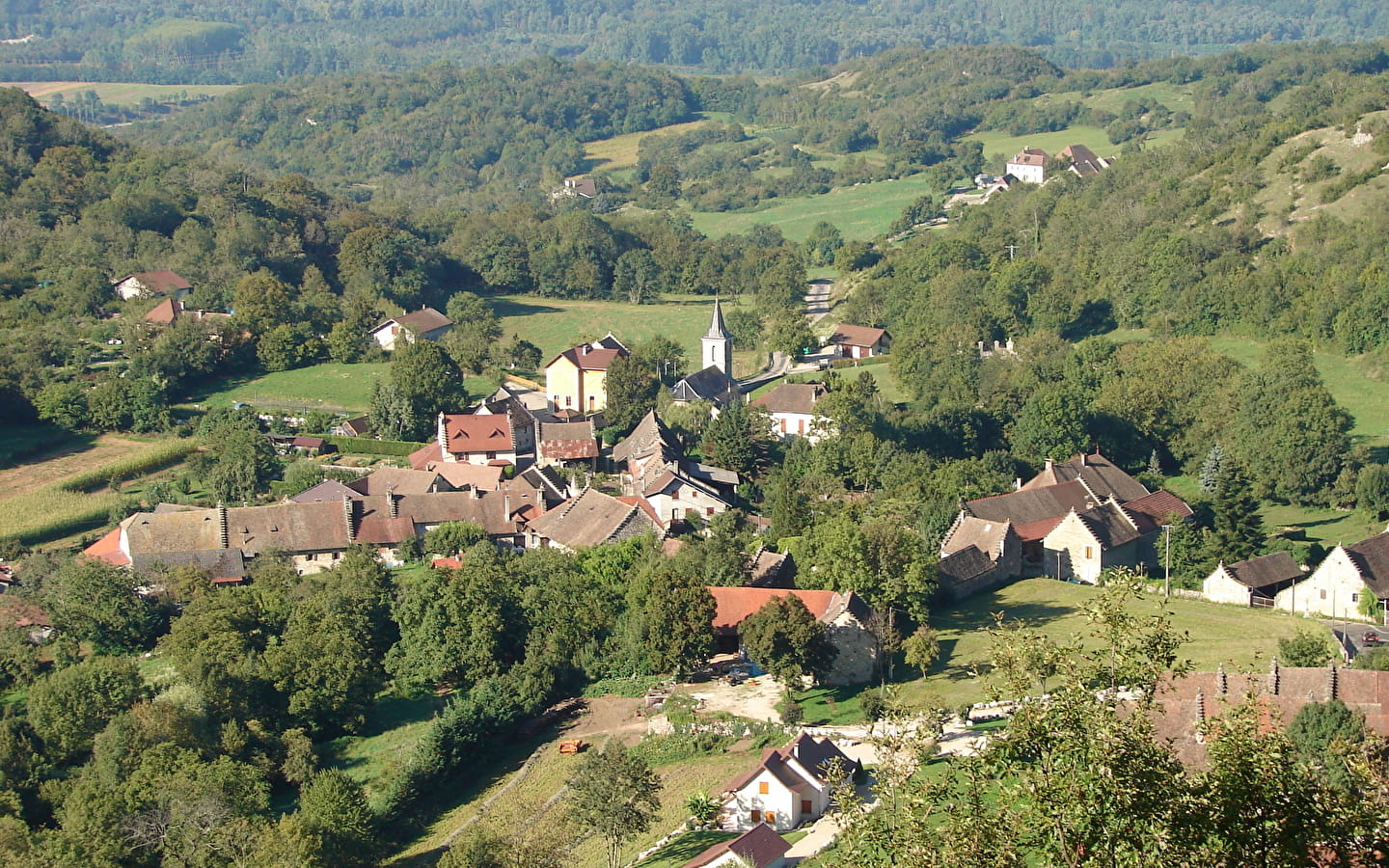
Patrimoine du village d'Izieu
It is very likely that human activity dates from the prehistoric period, judging by the traces found in the Pluvis cave. Evidence has also been found in the plain, suggesting that there was significant activity in Roman times.
In the Middle Ages, Pluvis was a vassal lordship of the Counts of Savoy. This lordship then passed to the house of Cordon which kept it until the 19th century. During this period, Izieu was subject to the dual authority of the ecclesiastical feudalism of the bishops of Belley and the House of Savoy. In 1601, thanks to the Treaty of Lyon, Izieu and all of Bugey became French.
During the Second World War, Izieu was marked by the deportation of 43 children of the Jewish faith on 6 April 1944. These children had been taken in by people from the village. They were taken to Auschwitz.
The village has beautiful, typical houses: despite the fact that they were built without a master plan, the village gives an impression of harmony. The typical construction of the village consists of four walls with rectangular openings. The thatched roof protects two sections of the walls while the other two are protected by the sloping slate staircase. Izieu is now a protected village.
The castle of Pluvis is now in ruins as it was used as a quarry during the construction of the village houses.
The current church of Izieu was inaugurated in 1860. It is neo-Gothic in style and has a chapel and a vaulted nave.
There are several crosses in the commune: the cross of the old cemetery made of wrought iron, the cross of the present cemetery and three mission crosses.
The former cure of Izieu is a beautiful house in the Louis XIII style with an imposing fireplace.
The presbytery was built in the 19th century next to the church. It now houses a town hall and guest rooms.
The Maison des Enfants d'Izieu now houses a memorial to the Jewish children exterminated during the Second World War. This beautiful Vollet-Masson building belongs to the association that manages the memorial-museum.
There is an oven covered with tiles and slates in each neighbourhood, still used during village festivals.
- French
- Pets not allowed



